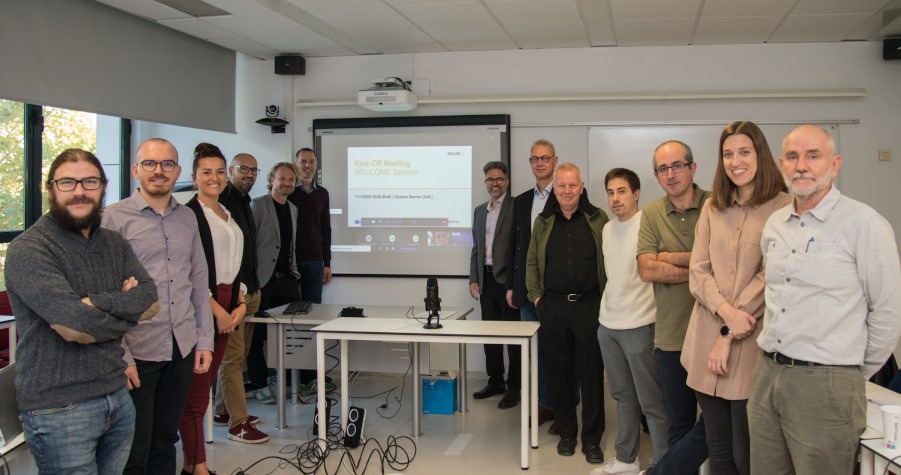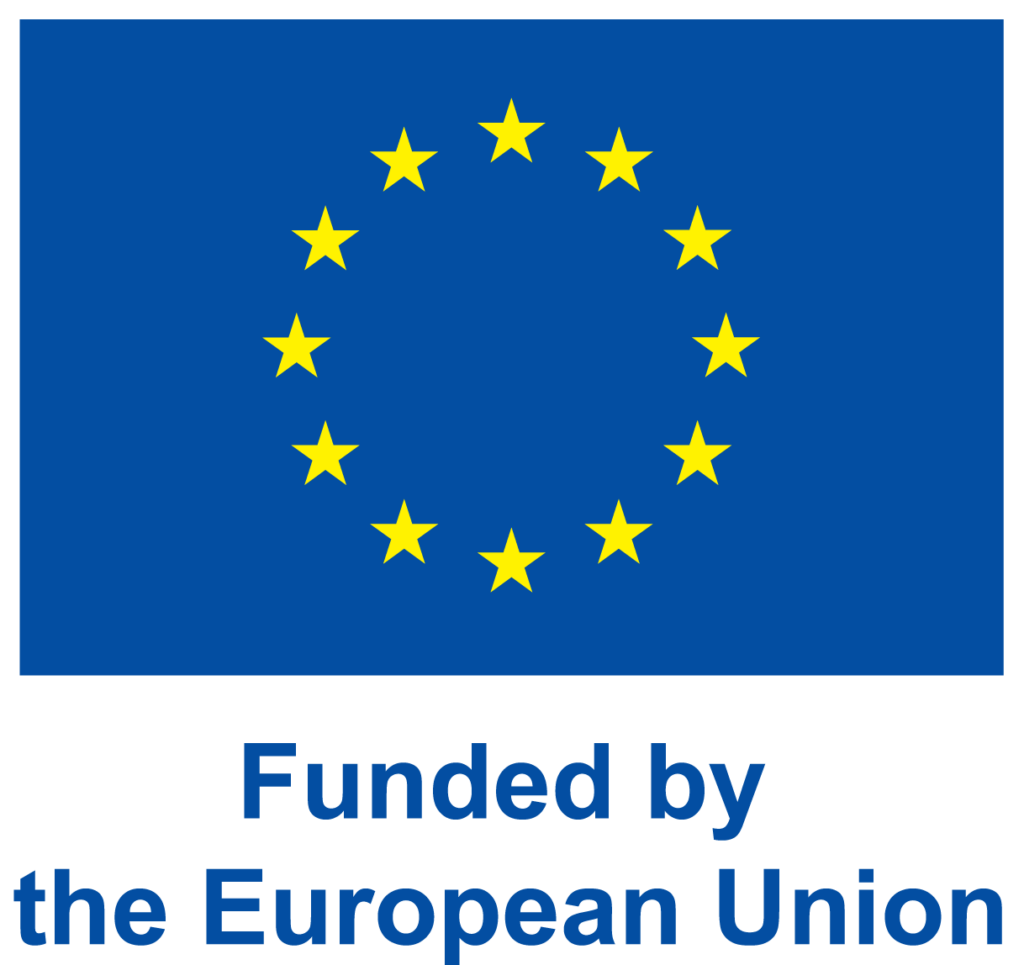On November 7 and 8, 2022, the first working meeting of the project “Dispatchable concentrated Solar-to-X energy solution for high penetration of renewable energy (SOLARX)” funded by the Horizon Europe programme and coordinated by Prof. Jérôme Barrau (Higher Polytechnic School, University of Lleida) took place in Lleida.
The 3-year project with a total budget of 3 million euros started on November 1, 2022. It was one of the 11 proposals selected by the European Union to define the next generation of renewable energy technologies for a faster transition to an EU economy with zero greenhouse gas emissions by 2050. As Prof. Barrau put it, “SOLARX addresses not just challenges related to solar resource characteristics and technological challenges, but also explores ways to manage the whole innovation process along the entire value chain integrating insights from the social sciences and humanities.”
Apart from members of the University of Lleida (mainly from the research group in Sustainable Energy, Machinery and Buildings), the consortium is made up of companies, technological centres, industrial partners and universities: HyGear (Netherlands), Acciona (Spain), EMD International (Denmark), Institute for Solar Energy Systems ISE (Germany), Danmarks Tekniske Universitet (Denmark), Laboratoire Nanotechnologies et Nanosystèmes (Université de Sherbrooke/CNRS, Canada) and accelopment Schweiz AG (Switzerland).
Summary of the SOLARX project
In a scenario where the percentage of energy produced by intermittent renewable energy sources is constantly growing, the current energy infrastructures are inefficient and there are difficulties in integrating this generation. The production of carbon-neutral and high-efficiency energy adapted to local demands would be a breakthrough. SOLARX integrates 3 high-concentration solar technologies (electricity, thermal energy for storage and/or for industry and green H2 or Syngas) and intelligent resource management based on artificial intelligence, to produce several energy vectors, already either directly with high efficiencies or through storage stages to maximise services to distribution networks and/or revenues. Three key technological elements will be developed in the project: an intelligent solar resource management algorithm that aims to meet the demand for instantaneous energy, a high-efficiency concentration photovoltaics (CPV) receiver and a carbon-negative bi-energy H2 receiver. The main objective of SOLARX is to demonstrate the technical, economic and social relevance, at laboratory scale, of the efficient synergistic production of heat, electricity and H2 from the solar resource in a single facility, considering the energy demand and market prices for a wide range of locations and application scenarios. The global evaluation of SOLARX will demonstrate its role as a game-changing renewable energy system in the framework of a future implementation in a carbon-negative energy system. Indeed, SOLARX will allow, among other advantages, greater integration of intermittent renewable energy sources into the electricity grid. This is possible by storing H2 and/or heat when direct resource utilisation is not required. In addition, high-efficiency concentration technologies allow reducing environmental impacts with respect to current technologies, as the system life cycle study will demonstrate. Likewise, social acceptance and socioeconomic impacts will be assessed on the basis, among others, of previous high-concentration experiences. Regulatory frameworks will be considered within the technology commercialisation roadmap and policy recommendations will be published. SOLARX’s share of the industrial thermal power, electricity and global renewable H2 market in 2050 is expected to be 2-5%, 2-5% and 1-3%, respectively, while emissions will be reduced by 1.5 GtCO2/year.
Contacts:
Prof. Jérôme Barrau
SOLARX Coordinator
Miriam Frances
SOLARX Communication and Dissemination Manager
